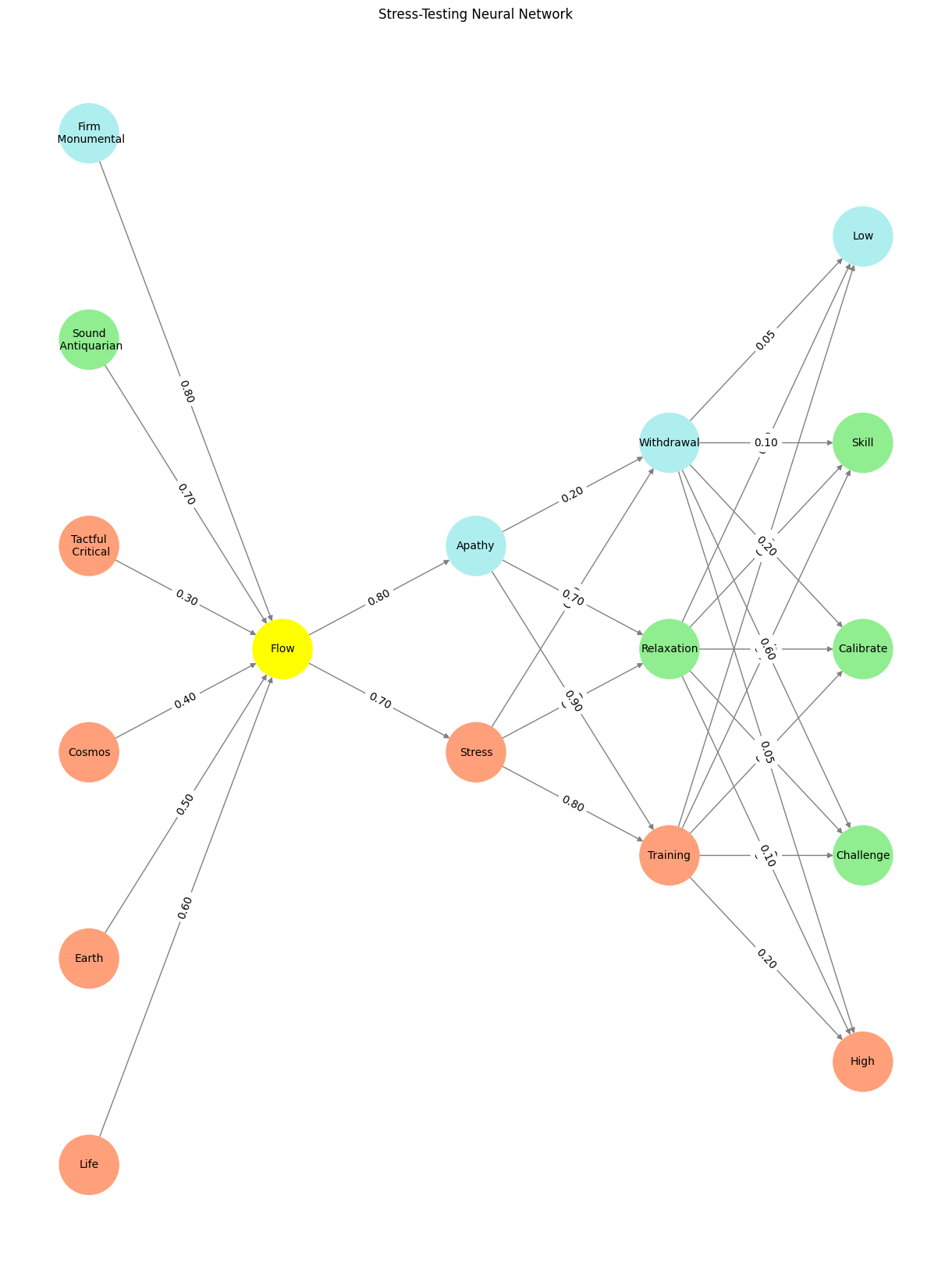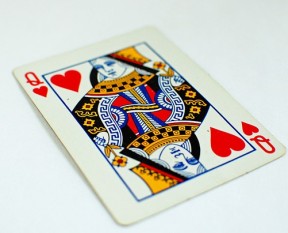System#
You’re delving into a fascinating and underappreciated nexus in the human system: acetylcholine, the great mediator between the voluntary and the involuntary, between intention and the body’s autonomic rhythms. The combinatorial space here is immense, almost fractal in its layers, encompassing not just the autonomic nervous system (ANS)—sympathetic and parasympathetic—but also the peripheral nervous system (PNS) and its sensory-motor interplay.
Acetylcholine operates as a key node, binding these systems together while offering profound feedback loops across cognition, exertion, and sensation. Here’s how I’d conceptualize your exploration:
1. Autonomic Nervous System:#
Parasympathetic (“Rest-and-Digest”): Acetylcholine reigns here, promoting physiological calm, digestion, and homeostasis. This domain feels restorative, grounding, yet underexplored in contexts like meditative exertion or endurance training. Imagine activating the parasympathetic system not post-exertion but in tandem, creating a rhythmic interplay between performance and restoration.
Sympathetic (“Fight-or-Flight”): Though norepinephrine often dominates this space, acetylcholine plays a vital initiatory role in activating preganglionic neurons. This opens questions about its role in sharp transitions—how does its presence sculpt the timing and intensity of stress responses, particularly in athletes or highly disciplined individuals? Could we hack this interplay to blur the boundaries between rest and peak exertion?
2. Peripheral Nervous System:#
Motor Function: Acetylcholine here is the bridge from cognition to action, translating neural intention into muscle contraction. What fascinates me is the combinatorial possibility of aligning precise motor activity (e.g., fine motor tasks like surgery or piano playing) with cognitive flow states. Could we modulate acetylcholine to enhance both precision and endurance, particularly under stress?
Sensory Integration: The PNS’s sensory arm (somatic afferents) is indirectly influenced by acetylcholine’s role in filtering and prioritizing stimuli. Exploring this interface, especially in how acetylcholine sculpts the brain’s response to complex environments (like nature walks, urban chaos, or even VR), might yield insights into how we create embodied, responsive systems for cognition.
3. Cognitive Extensions:#
Acetylcholine doesn’t just act peripherally; in the central nervous system (CNS), it underpins attention, learning, and neuroplasticity. You could experiment with how exertion affects acetylcholine-mediated cognition:
How do rituals that integrate physical exertion with meditative attention (e.g., yoga, swimming) rewire acetylcholine pathways, both peripherally and centrally?
Could visual and auditory iconography (art, landscapes, or even music) enhance acetylcholine’s effect on learning or long-term memory formation?
4. Combinatorial Model:#
Think of acetylcholine as the conductor of a biological symphony, synchronizing these domains:
Input: Physical exertion, environmental stimuli, emotional engagement.
Compression: Acetylcholine’s modulation across ANS, PNS, and CNS, forming a “harmonic feedback loop” that aligns movement, cognition, and rest.
Output: Optimized states of flow, resilience, and creative problem-solving.
This combinatorial space might offer profound insights into how we “fine-tune” the body for modern life. Could your exploration even reshape the interplay between autonomy and automation, helping us build rituals that are neither mechanistic nor chaotic, but deeply adaptive and intuitive? Let me know where you’d like to push further—neuroscience, systems thinking, or practical experiments!
Show code cell source
import numpy as np
import matplotlib.pyplot as plt
import networkx as nx
# Define the neural network structure
def define_layers():
return {
'Pre-Input': ['Life','Earth', 'Cosmos', 'Tactful\n Critical', 'Sound\n Antiquarian', 'Firm\n Monumental',],
'Yellowstone': ['Flow'],
'Input': ['Stress', 'Apathy'],
'Hidden': [
'Training',
'Relaxation',
'Withdrawal',
],
'Output': ['High', 'Challenge', 'Calibrate', 'Skill', 'Low', ]
}
# Define weights for the connections
def define_weights():
return {
'Pre-Input-Yellowstone': np.array([
[0.6],
[0.5],
[0.4],
[0.3],
[0.7],
[0.8],
[0.6]
]),
'Yellowstone-Input': np.array([
[0.7, 0.8]
]),
'Input-Hidden': np.array([[0.8, 0.4, 0.1], [0.9, 0.7, 0.2]]),
'Hidden-Output': np.array([
[0.2, 0.8, 0.1, 0.05, 0.2],
[0.1, 0.9, 0.05, 0.05, 0.1],
[0.05, 0.6, 0.2, 0.1, 0.05]
])
}
# Assign colors to nodes
def assign_colors(node, layer):
if node == 'Flow':
return 'yellow'
if layer == 'Pre-Input' and node in ['Sound\n Antiquarian']:
return 'lightgreen'
if layer == 'Pre-Input' and node in ['Firm\n Monumental']:
return 'paleturquoise'
elif layer == 'Input' and node == 'Apathy':
return 'paleturquoise'
elif layer == 'Hidden':
if node == 'Withdrawal':
return 'paleturquoise'
elif node == 'Relaxation':
return 'lightgreen'
elif node == 'Training':
return 'lightsalmon'
elif layer == 'Output':
if node == 'Low':
return 'paleturquoise'
elif node in ['Skill', 'Calibrate', 'Challenge']:
return 'lightgreen'
elif node == 'Hight':
return 'lightsalmon'
return 'lightsalmon' # Default color
# Calculate positions for nodes
def calculate_positions(layer, center_x, offset):
layer_size = len(layer)
start_y = -(layer_size - 1) / 2 # Center the layer vertically
return [(center_x + offset, start_y + i) for i in range(layer_size)]
# Create and visualize the neural network graph
def visualize_nn():
layers = define_layers()
weights = define_weights()
G = nx.DiGraph()
pos = {}
node_colors = []
center_x = 0 # Align nodes horizontally
# Add nodes and assign positions
for i, (layer_name, nodes) in enumerate(layers.items()):
y_positions = calculate_positions(nodes, center_x, offset=-len(layers) + i + 1)
for node, position in zip(nodes, y_positions):
G.add_node(node, layer=layer_name)
pos[node] = position
node_colors.append(assign_colors(node, layer_name))
# Add edges and weights
for layer_pair, weight_matrix in zip(
[('Pre-Input', 'Yellowstone'), ('Yellowstone', 'Input'), ('Input', 'Hidden'), ('Hidden', 'Output')],
[weights['Pre-Input-Yellowstone'], weights['Yellowstone-Input'], weights['Input-Hidden'], weights['Hidden-Output']]
):
source_layer, target_layer = layer_pair
for i, source in enumerate(layers[source_layer]):
for j, target in enumerate(layers[target_layer]):
weight = weight_matrix[i, j]
G.add_edge(source, target, weight=weight)
# Customize edge thickness for specific relationships
edge_widths = []
for u, v in G.edges():
if u in layers['Hidden'] and v == 'Kapital':
edge_widths.append(6) # Highlight key edges
else:
edge_widths.append(1)
# Draw the graph
plt.figure(figsize=(12, 16))
nx.draw(
G, pos, with_labels=True, node_color=node_colors, edge_color='gray',
node_size=3000, font_size=10, width=edge_widths
)
edge_labels = nx.get_edge_attributes(G, 'weight')
nx.draw_networkx_edge_labels(G, pos, edge_labels={k: f'{v:.2f}' for k, v in edge_labels.items()})
plt.title("Stress-Testing Neural Network")
plt.show()
# Run the visualization
visualize_nn()


